In the ever-evolving landscape of nutrition, the ketogenic diet has secured its place as a powerful approach to health and wellness. Yet, navigating the supermarket aisles armed only with ambition can quickly become a confusing journey. Enter the humble nutrition label—a compact map of what’s inside every package, waiting to be deciphered. But for those committed to keto, these labels hold particular clues that can make or break your dietary goals. Understanding how to read nutrition labels on keto is not just about counting carbs; it’s about unlocking a deeper awareness of fats, proteins, and hidden ingredients that influence your metabolic state. In this article, we’ll explore how to unravel the secrets nestled in those tiny print details to empower your ketogenic lifestyle with informed choices.
Table of Contents
- Understanding Macronutrients Through a Keto Lens
- Decoding Ingredient Lists for Hidden Carbs
- Evaluating Fiber and Net Carbs for Optimal Fat Burning
- Spotting Keto-Friendly Fats and Avoiding Inflammatory Oils
- Making Smart Choices with Serving Sizes and Daily Values
- Q&A
- In Retrospect

Understanding Macronutrients Through a Keto Lens
When you’re navigating nutrition labels on a ketogenic lifestyle, the focus shifts dramatically compared to conventional diets. Here, the macronutrient ratio is king — especially keeping carbs as low as possible. Total carbohydrates include fiber and sugar alcohols, but it’s essential to look at the net carbs value, which is total carbs minus fiber and certain sugar alcohols. This net carbs figure directly impacts your body’s state of ketosis, so zeroing in on it helps maintain fat-burning efficiency. Don’t be fooled by “low-carb” buzzwords; the precise numbers ensure you’re consistently fueling your body with fats instead of glucose.
- Fats: Your primary energy source. Look for labels that list healthy fats — especially monounsaturated and saturated fats.
- Proteins: Moderate intake supports muscle without kicking you out of ketosis.
- Carbohydrates: Keep these minimal; fiber counts towards total carbs but subtracts from net carbs.
Here’s a quick reference table to help you instantly assess a label:
| Nutrient | Ideal Keto Range | Impact |
|---|---|---|
| Net Carbs | < 5g per serving | Maintains ketosis |
| Fat | 70-80% of total calories | Primary fuel source |
| Protein | 15-25% of total calories | Supports muscle repair |
By internalizing these guidelines, you turn every nutrition label into a powerful tool for keto success rather than just a block of confusing numbers.
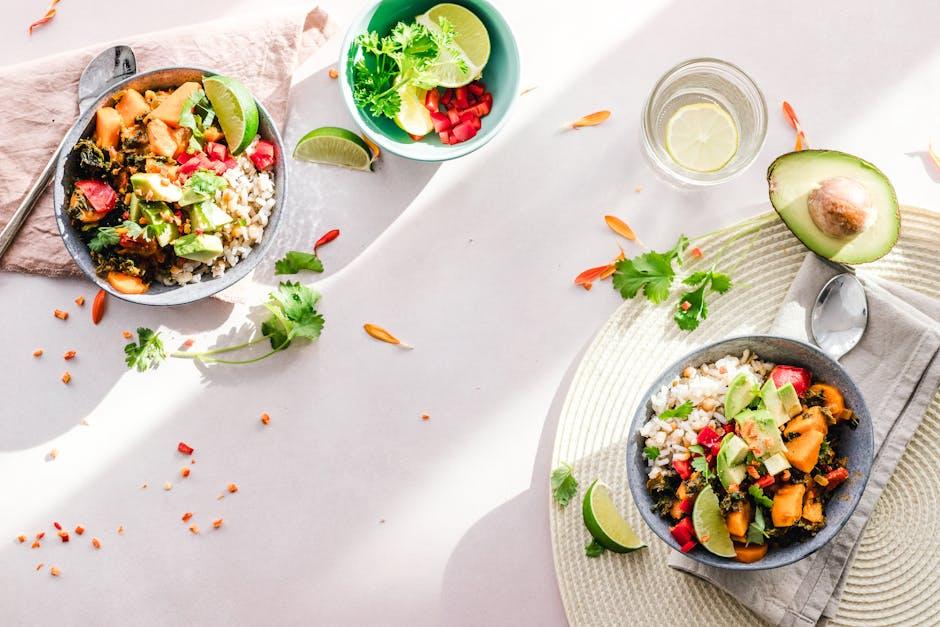
Decoding Ingredient Lists for Hidden Carbs
When scanning ingredient lists, it’s essential to look beyond the obvious sugars and starches. Many products hide net carbs in the form of dextrins, maltodextrins, and syrups that masquerade as harmless additives. Keep an eye out for terms like maltodextrin, corn syrup solids, and wheat starch, which can cause unexpected spikes in blood sugar. Additionally, sugar alcohols such as maltitol may appear keto-friendly but can affect ketosis differently depending on the individual, so consider these with caution.
Understanding the types of fiber and starch is another powerful tool in decoding labels. Ingredients like inulin and resistant starch offer fiber that can be subtracted from total carbs to calculate net carbs accurately. Here’s a simple breakdown to help you identify hidden carbs efficiently:
| Ingredient | Type | Keto Impact |
|---|---|---|
| Maltodextrin | Hidden Sugar | High carb, avoid |
| Inulin | Fiber | Subtract from total carbs |
| Wheat starch | Hidden Starch | Raises blood glucose |
| Maltitol | Sugar Alcohol | Moderate, test tolerance |
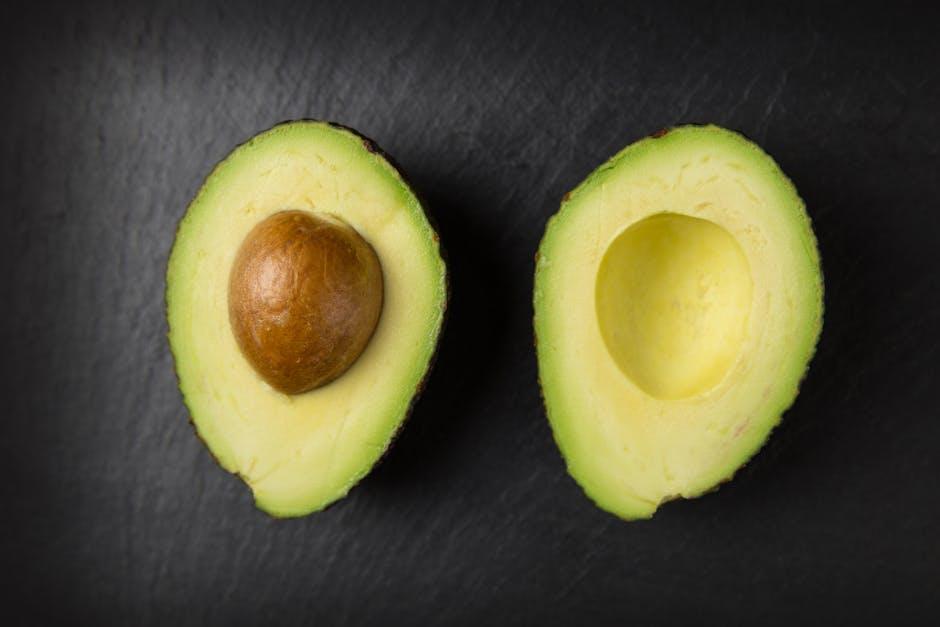
Evaluating Fiber and Net Carbs for Optimal Fat Burning
When you’re navigating the keto landscape, understanding the difference between fiber and net carbs is crucial. Fiber, a type of carbohydrate that your body can’t digest, plays a unique role in keeping your digestive system healthy without impacting your blood sugar levels. Because fiber doesn’t spike insulin, it’s subtracted from total carbohydrates to calculate net carbs—the key figure to track for optimal fat burning on keto. This means you can enjoy fibrous veggies and nuts while staying in ketosis, as these won’t count against your daily carb limit.
To visualize this, here’s a quick reference table to help you evaluate fiber and net carbs effectively:
| Component | Value (g) | Keto Impact |
|---|---|---|
| Total Carbohydrates | 15 | Includes all carbs |
| Dietary Fiber | 7 | Subtracted from total carbs |
| Net Carbs | 8 | Counted toward daily limit |
Keep in mind that some fiber types, like soluble fiber, may have a slight effect on blood sugar due to fermentation in the gut, whereas insoluble fiber has minimal impact. When reading labels, prioritize foods with high fiber and low net carbs to maximize fat burning without feeling deprived. This strategy aligns perfectly with maintaining ketosis while enjoying a diverse and satisfying diet.

Spotting Keto-Friendly Fats and Avoiding Inflammatory Oils
When navigating nutrition labels on a keto diet, identifying healthy fats is crucial. Look for keywords like avocado oil, olive oil, MCT oil, and coconut oil in the ingredients list, as these fats support ketosis and are rich in medium-chain triglycerides. Also, check the total fat and saturated fat values; a higher amount of healthy saturated fats coupled with monounsaturated fats can be beneficial. The fat sources should ideally be unprocessed or minimally processed to preserve their nutritional integrity.
In contrast, steer clear of oils that may promote inflammation. Labels containing soybean oil, corn oil, sunflower oil, and canola oil often indicate the presence of omega-6 fatty acids, which can disrupt your keto balance and increase inflammation. Also, watch out for any mention of partially hydrogenated oils, which are trans fats that should be avoided entirely. To help you quickly assess fats on labels, here’s a simple guide:
| Fat Type | Examples | Keto-Friendly? |
|---|---|---|
| Healthy Saturated Fats | Coconut oil, Butter, Ghee | Yes |
| Monounsaturated Fats | Olive oil, Avocado oil | Yes |
| Omega-6 Polyunsaturated Fats | Soybean oil, Corn oil, Sunflower oil | No |
| Trans Fats | Partially hydrogenated oils | Absolutely no |

Making Smart Choices with Serving Sizes and Daily Values
Understanding serving sizes is crucial when following a keto lifestyle because they determine how much of each nutrient you’re actually consuming. Many keto-friendly foods can contain hidden carbs, and if you overlook how much you’re eating, that carb count can sneak up on you. Always check the serving size against the package and adjust your intake accordingly. Remember, the serving size isn’t a suggestion—it’s your starting point for measuring macros accurately. A keto diet demands precision, and this is where reading serving sizes closely helps keep you in ketosis.
Daily values (%DV) on labels provide a quick snapshot of how much a nutrient contributes to your daily diet, typically based on a 2,000-calorie intake. However, keto diets usually require a different caloric and macronutrient balance, so these percentages might not always align perfectly with your needs. Focus especially on total carbs, net carbs (total carbs minus fiber and sugar alcohols), and fats. Here’s a helpful guide to what to prioritize:
- Carbohydrates: Keep net carbs low, usually under 20-50 grams per day.
- Fat: Aim for higher fat intake to stay satiated and fuel your body.
- Protein: Moderate protein to support muscle without kicking you out of ketosis.
- Fiber: Important for digestion and doesn’t affect your net carb tally.
| Nutrient | % Daily Value on Label | Keto Consideration |
|---|---|---|
| Total Carbs | 15% | Check net carbs carefully |
| Fiber | 30% | Subtract from total carbs |
| Fat | 25% | Likely needs to be higher on keto |
| Protein | 10% | Moderate intake recommended |
Q&A
Q: Why is reading nutrition labels important for a keto diet?
A: On keto, it’s all about keeping carbs low and fats high. Nutrition labels reveal hidden sugars and carb counts that can sneakily kick you out of ketosis, so reading them helps you stay on track and make informed choices.
Q: What should I look for first on a nutrition label when following keto?
A: Start with the “Total Carbohydrates” line. Look at the grams per serving and pay special attention to “Dietary Fiber” and “Sugar Alcohols,” since these can often be subtracted to find your “Net Carbs,” which matter most for keto.
Q: How do I calculate net carbs from the label?
A: Net carbs = Total Carbs – Dietary Fiber – Sugar Alcohols (like erythritol). Fiber and certain sugar alcohols don’t spike blood sugar, so subtracting them gives you the carbs that truly impact ketosis.
Q: Are all fats created equal on a keto label?
A: Not quite. Look for healthy fats like monounsaturated and saturated fats from natural sources. Beware of trans fats or hydrogenated oils, which can be harmful. Labels list “Total Fat,” “Saturated Fat,” “Trans Fat,” and sometimes “Polyunsaturated” or “Monounsaturated” fats.
Q: Can I trust the serving size on keto-friendly products?
A: Serving sizes can be deceptive. Always check if the portion size matches what you actually eat. If the serving size is tiny, the carb and fat counts will look low—adjust calculations accordingly to avoid surprises.
Q: What ingredients should I avoid on keto products?
A: Steer clear of added sugars (like cane sugar, corn syrup), starches (wheat flour, maltodextrin), and high-carb fillers. Ingredients like “natural flavors” or “artificial sweeteners” may be keto-friendly, but it’s good to research them individually.
Q: How can I use nutrition labels to compare keto products?
A: Use labels like a keto detective! Compare net carbs per serving, fat content, and ingredient quality. A product with fewer net carbs and higher healthy fats usually wins the keto crown.
Q: Any tips for reading labels on processed keto snacks?
A: Processed snacks can be tricky—watch out for hidden carbs, preservatives, and questionable fats. If the label lists many unrecognizable ingredients or high net carbs, it might be best to opt for whole, minimally processed foods instead.
Q: Is fiber always keto-friendly?
A: Most often, yes. Insoluble fiber doesn’t raise blood sugar and is subtracted from total carbs. However, some fibers and sugar alcohols can still affect digestion or blood glucose for some people, so monitor your individual response.
Q: How often should I practice label reading on keto?
A: Make it a habit! Every time you try a new product, scrutinize the label. Over time, you’ll become label-savvy and keto-confident, making your journey smoother and more enjoyable.
In Retrospect
Mastering the art of reading nutrition labels is like having a secret map on your keto journey—guiding you past hidden sugars, deceptive carbs, and unwanted fillers straight to your ideal meal choice. With each label you decode, you sharpen your ability to nurture your body with the right fuels, making keto not just a diet, but a mindful and empowering lifestyle. So next time you stand before those shelves, let your newfound label literacy lead the way to smarter, tastier, and truly keto-friendly eats.







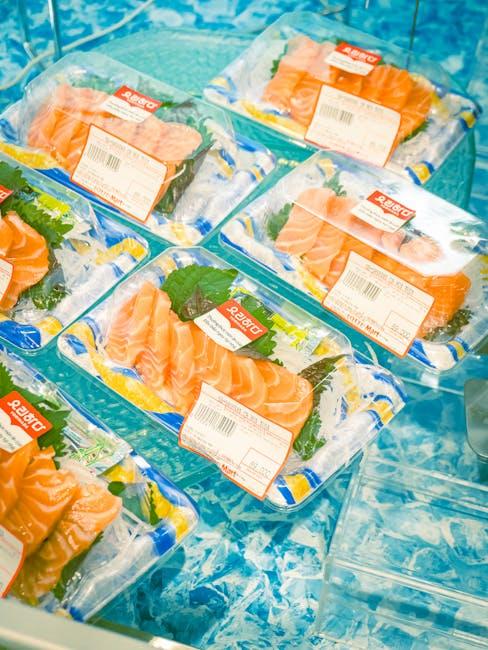



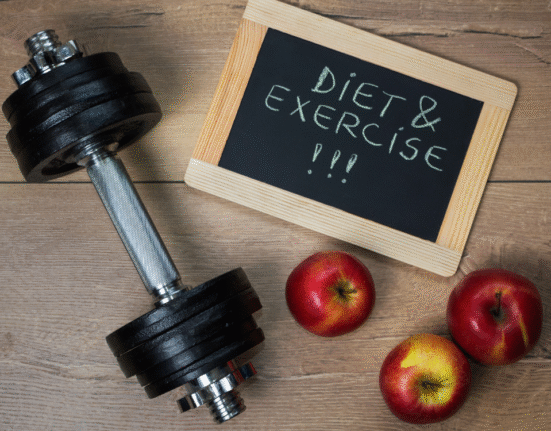
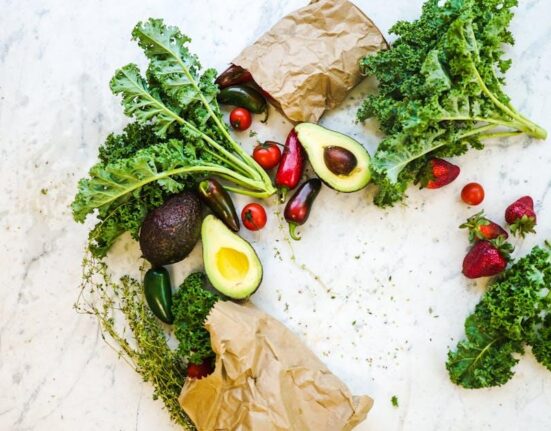

Leave feedback about this